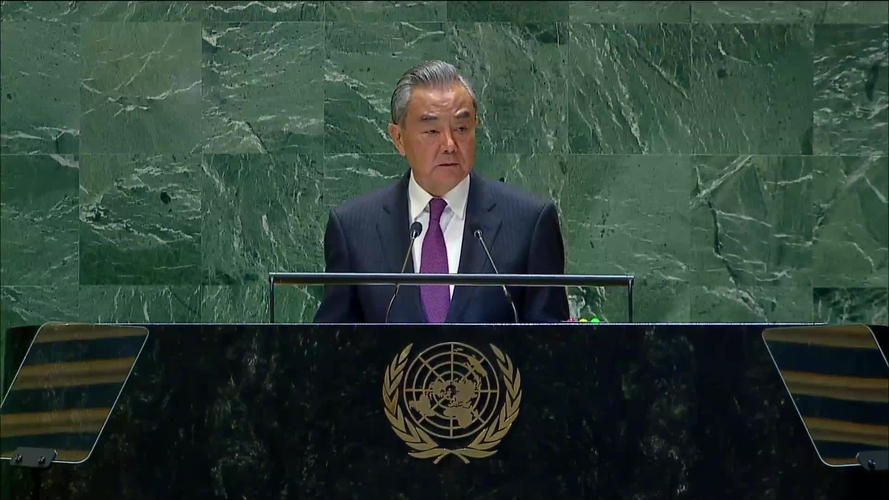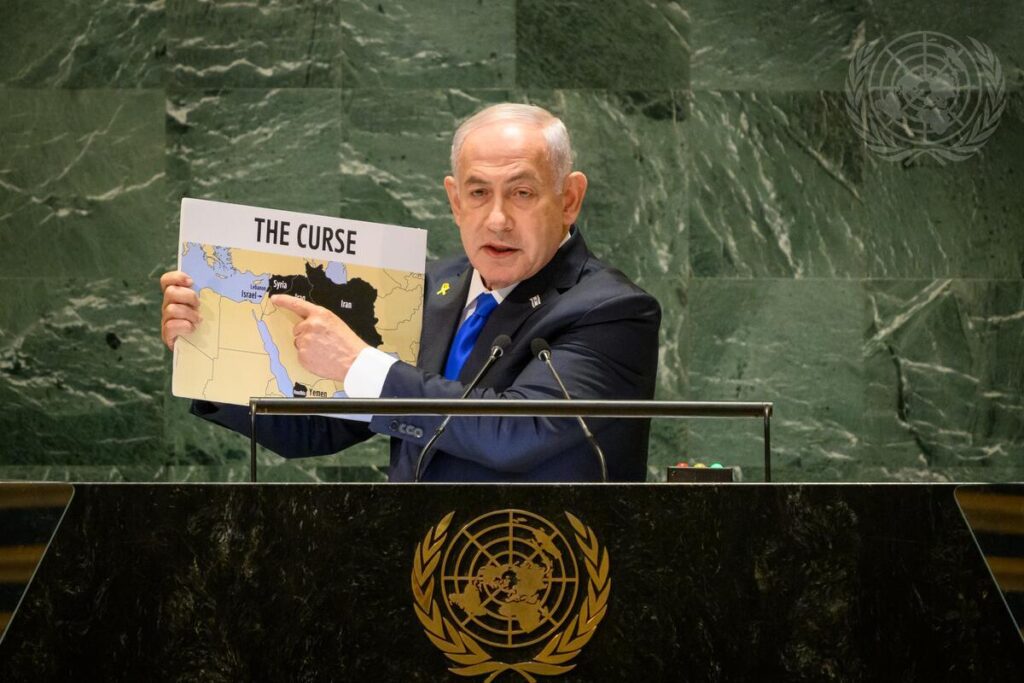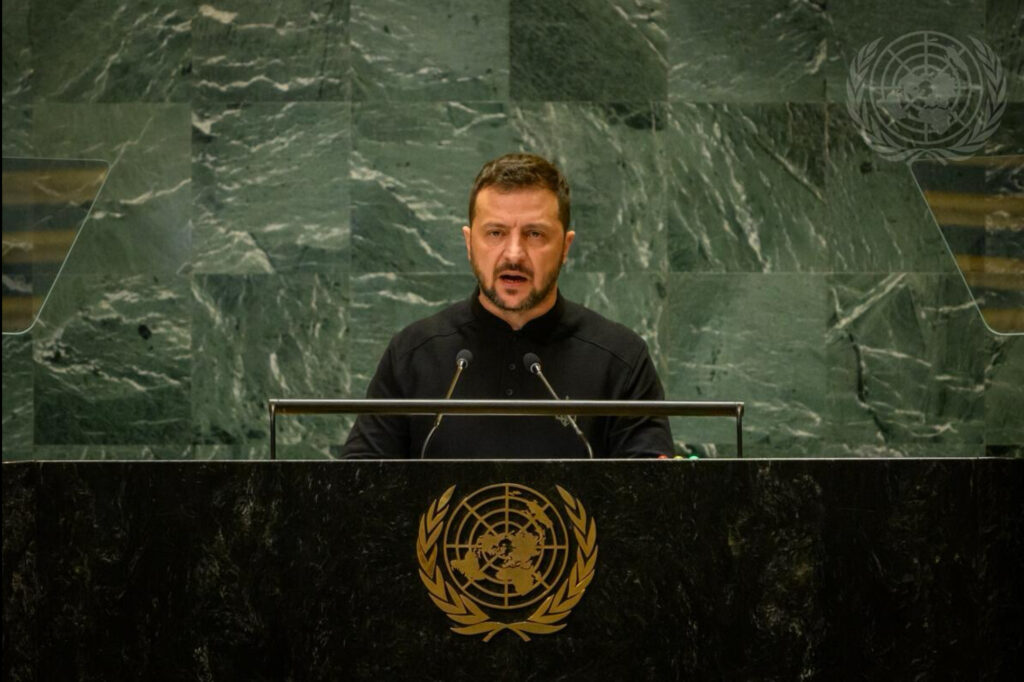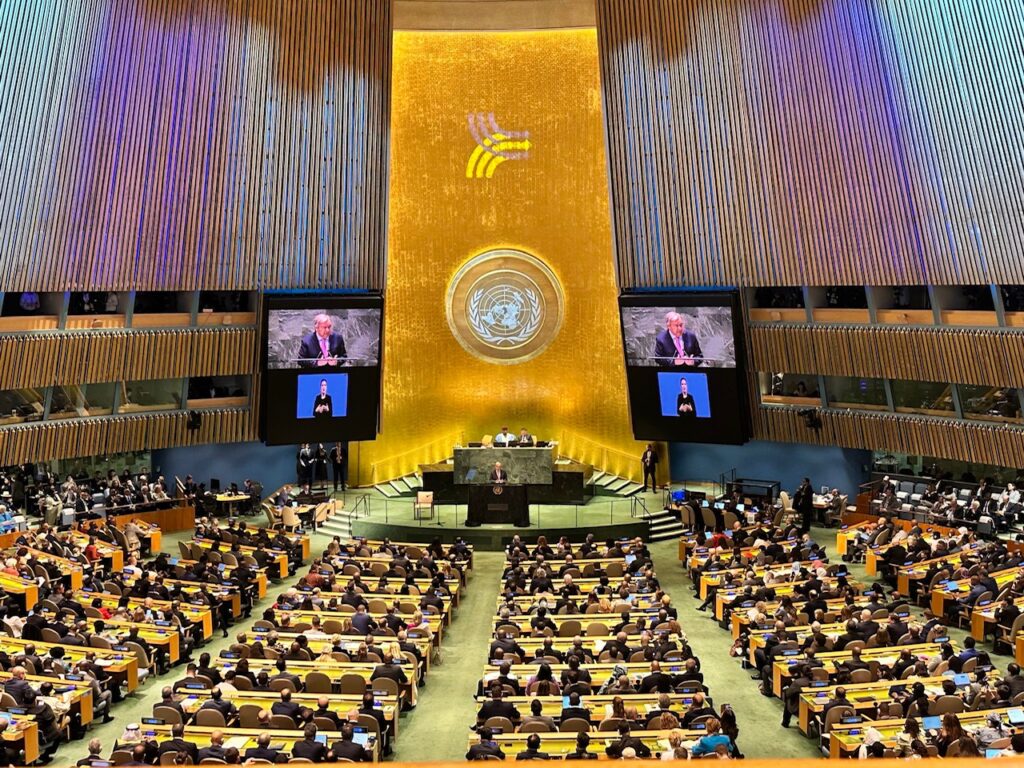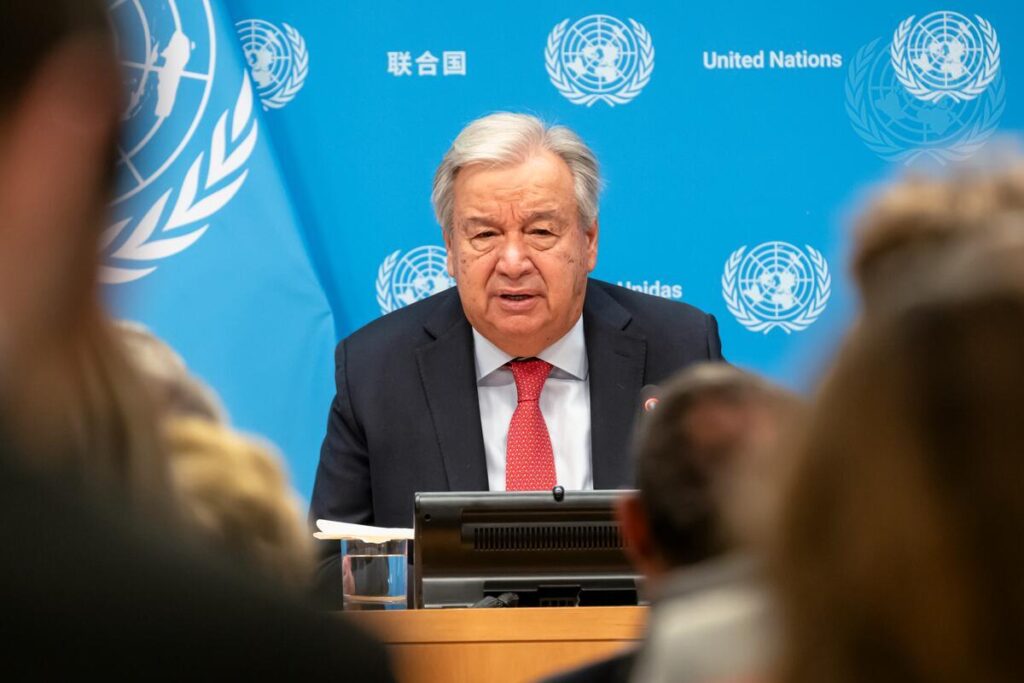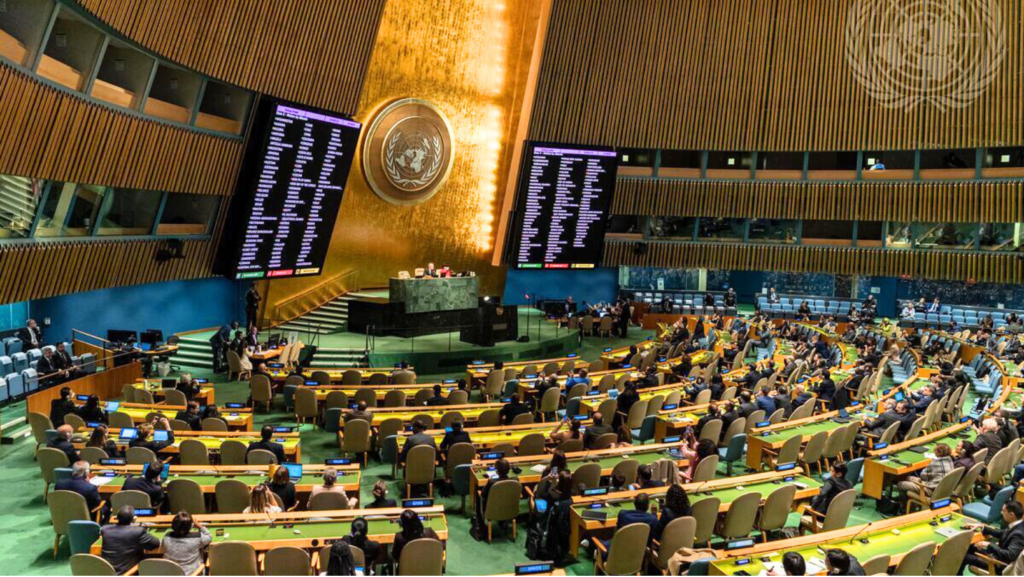Nobel Peace Prize 2024 finalists include the ICJ, UN agencies
Oslo, October 3, 2024 – The Director of the Peace Research Institute Oslo (PRIO), Henrik Urdal, announced his updated list today for the 2024 Nobel Peace Prize, with election observers topping the list.
The 2024 list comprises of:
- OSCE’s Office for Democratic Institutions and Human Rights
- Sudan’s Emergency Response Rooms
- UNRWA and Philippe Lazzarini
- International Court of Justice
- UNESCO and the Council of Europe
“Democracy is on the ballot this year as more than half the world’s population live in a country heading to the polls, albeit not exclusively in democracies,” said Henrik Urdal. “Research shows that democratic states are more peaceful and stable. As elections are a cornerstone of democracy, election observers play a pivotal role in shaping perceptions about the legitimacy of electoral processes. A Nobel Peace Prize awarded to election observers sends a strong message about the importance of free and fair elections, and their role in peace and stability.”
For further information or to arrange an interview, please contact Arnaud Siad, Communication Adviser, communication@prio.org.
Each year, PRIO’s Director presents his own list for the Nobel Peace Prize. He offers his opinion on the most worthy potential laureates, based on his independent assessment. The PRIO Director’s view on potential and worthy Nobel Peace Prize laureates is widely recognized and has been offered since 2002. Henrik Urdal presents his seventh list here since taking up the position of director in 2017. Urdal has no association with the Nobel Institute or the Norwegian Nobel Committee.
The Nobel Peace Prize for 2024 will be announced at 11:00 CET, on Friday 11 October.
More information on each of the listed candidates:
The OSCE’s Office for Democratic Institutions and Human Rights
2024 is set to be a historical election year. Record numbers of people across the world are heading to the ballot box. Against this backdrop, democracy is under pressure in Europe and globally, due to the rise of illiberal movements and authoritarian regimes. More of the world’s people are living in autocracies today than only a decade ago, and the number of countries democratizing is falling, according to democracy research from V-Dem. Upholding the pillars of democracy is more important than ever before.
The Office for Democratic Institutions and Human Rights (ODIHR) within the Organisation for Security and Co-operation in Europe (OSCE) observes elections throughout its 57 participating states. It also provides technical assistance to improve the legislative and administrative framework for elections in specific countries. ODIHR’s work to ensure that elections are free and fair would make it a timely recipient of this year’s Nobel Peace Prize.
Other notable candidates worthy of the prize based on their contribution to strengthening democracy through elections include The Carter Centre who has observed 115 elections in over 40 countries, and the American Civil Liberties Union (ACLU) who fights voter suppression in the United States.
Sudan’s Emergency Response Rooms
The armed conflict that erupted in Sudan in April 2023 has plunged the country into one of the world’s most severe humanitarian crises. Over 10 million people are displaced within the country, and another 2 million have fled to neighbouring states. The international system has struggled to meet overwhelming humanitarian needs, prompting community-led, volunteer aid networks in Sudan to step in and provide lifesaving services to millions of women, men and children. One notable initiative is the Emergency Response Rooms, which offer medical care and other services to those affected by the conflict.
Operating in a decentralized manner, these groups deliver essential humanitarian assistance in a highly complex conflict environment, with limited access to communities, resources and infrastructure. Volunteers often operate in insecure areas, facing threats of harassment and violence.
As 2024 marks the 75th anniversary of the revised Geneva Conventions, which were developed to protect civilians during war, awarding this year’s Peace Prize to a deserving humanitarian initiative such as the Emergency Response Rooms would highlight the critical importance of access to lifesaving aid in times of conflict.
UNRWA and Philippe Lazzarini
The United Nations Relief and Works Agency for Palestine Refugees in the Near East (UNRWA) was established in 1949 to provide aid, education and protection for Palestine refugees until a political solution was found. Today, its staff of over 30,000 people serve nearly 6 million Palestinians in the West Bank, Gaza and neighbouring countries. Nearly the entire Gazan population depends on UNRWA for basic assistance, including food and water.
The UN agency has faced a massive funding crisis for years, which has been exasperated by the war itself, and increasingly by the impact of US withdrawing funding following allegations by Israel that 12 participants of the 7 October attacks were Hamas militants, employed by UNRWA. The UN agency took the allegations seriously, by launching both an internal investigation and an external review of its procedures. UNRWA has extensive control mechanisms in place, with a zero tolerance, but not zero risk policy. They therefore terminated the employment of individuals where there was any indication that they might have had ties to militant groups. Throughout the war UNRWA itself has been heavily targeted by Israeli attacks, and by the end of September, 224 of its staff had been killed in Gaza, and 190 UNRWA installations had been damaged.
UNRWA’s operation is absolutely fundamental to avoid a humanitarian catastrophe in Gaza. A Nobel Peace Prize to the agency and its Commissioner-General Philippe Lazzarini would send a strong message about its role in supporting the lives of millions of Palestinian women, men and children.
International Court of Justice
Mechanisms for peaceful resolution of conflicts between states are particularly important to maintain and support peace in an increasingly polarized world. The International Court of Justice (ICJ) promotes peace through international law, akin to promoting peace congresses, another achievement highlighted in Alfred Nobel’s will. The ICJ would be a worthy recipient of the 2024 Peace Prize should the Nobel Committee wish to recognize the importance of multilateral collaboration for peaceful relations.
The ICJ was established in 1945 by the Charter of the United Nations to settle legal disputes between states and advise on legal questions within the UN. With all 193 UN Member States party to the ICJ Statute, the Court has become a globally accepted multilateral mechanism for dispute resolution. While a Nobel Peace Prize to the ICJ would largely be seen as uncontroversial, the Court acted boldly in January this year ordering Israel to take action to prevent acts of genocide in the Gaza Strip. In addition, it acted early in March 2022 by ordering Russia to ‘immediately suspend the military operations’ in Ukraine.
Other deserving candidates for a prize focused on peace through international law are the International Criminal Court, or regional bodies such as the European Court for Human Rights or the Inter-American Court of Human Rights.
UNESCO and the Council of Europe
Educational institutions are integral to the development of tolerant, inclusive and democratic societies. One particularly important area is the way that history is being taught. Emphasizing multiple and diverse perspectives in history teaching is crucial for developing an understanding and acceptance of other groups and societies than our own, and contributing to counter false and chauvinist narratives.
The UN’s Educational, Scientific and Cultural Organisation (UNESCO) has been a pioneer in developing and promoting ‘multiperspectivity’ in history teaching. UNESCO emphasizes the importance of understanding history in a global context as well as developing regional, complimentary perspectives. By providing guidance and support to history textbook authors, and working to establish universal norms for history teaching, UNESCO promotes education as a tool for peaceful development.
Similarly, the Council of Europe works to support history teaching as a way to support critical thinking and strengthen democratic participation and practice. Emphasizing the importance of building historical knowledge through well-established scientific norms, the Council of Europe supports a number of scientific initiatives as well as political processes. A Nobel Peace Prize for the promotion of peace through history education would resonate well with Alfred Nobel’s call for ‘fraternity between nations’.
United Nations journalists – United Nations journalists – United Nations journalists
United Nations News – United Nations News – UN Correspondents Association – UNCA Awards
Nobel Peace Prize 2024 finalists include the ICJ, UN agencies Read More »


